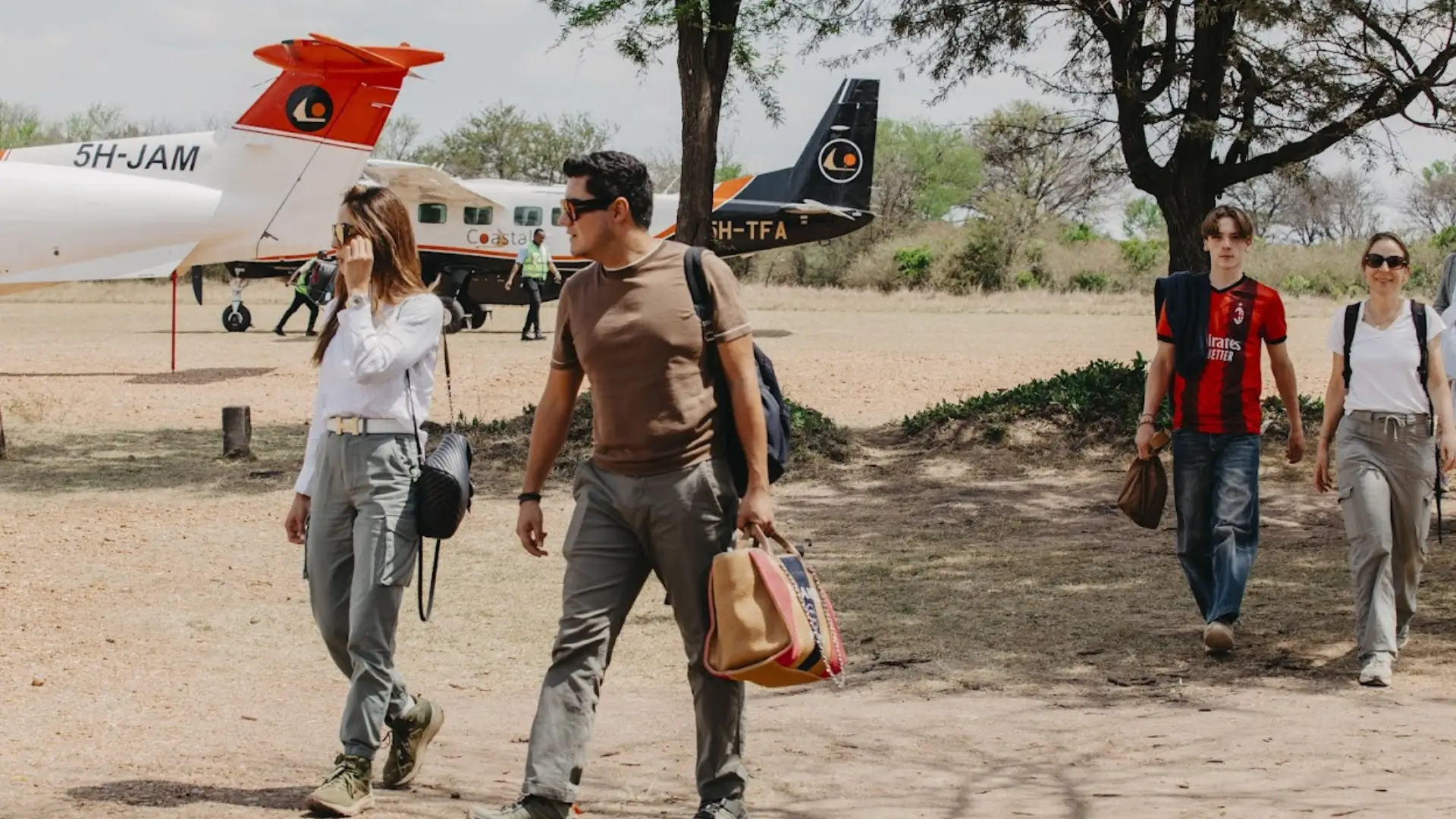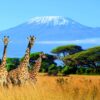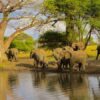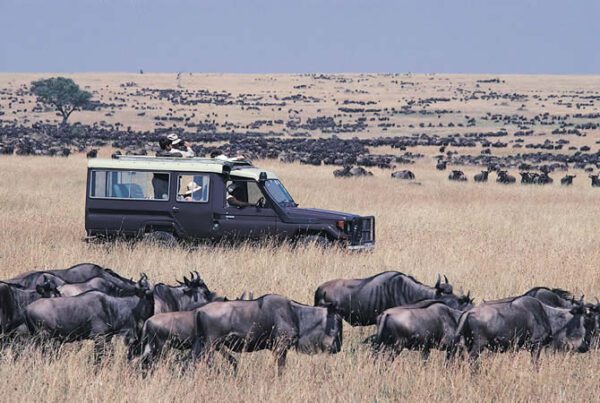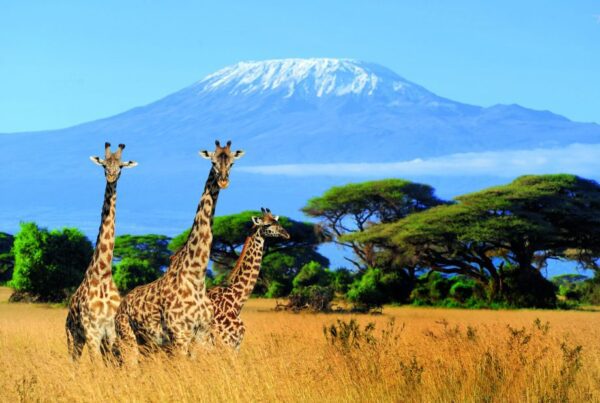How to Get to Tanzania for a Safari
Tanzania stands as one of Africa’s premier safari destinations, offering unparalleled wildlife experiences, breathtaking landscapes, and rich cultural encounters. Whether you’re drawn to the vast plains of the Serengeti, the lush highlands surrounding Mount Kilimanjaro, or the pristine beaches of Zanzibar, Tanzania promises an adventure that transcends the ordinary. However, embarking on this journey requires careful planning and understanding of the logistics involved. This comprehensive guide delves into the essential steps to reach Tanzania for a safari, ensuring your trip is seamless and memorable.
Understanding Tanzania’s Safari Landscape
Tanzania’s allure lies in its diverse ecosystems and abundant wildlife. The country’s national parks and game reserves are scattered across various regions, each offering unique experiences. The Serengeti National Park, renowned for the Great Migration, showcases millions of wildebeest and zebras traversing the plains. Ngorongoro Crater, a UNESCO World Heritage Site, is home to a dense concentration of wildlife within a collapsed volcanic caldera. Other notable areas include Tarangire National Park, known for its elephant herds, and Selous Game Reserve, one of the largest faunal reserves in the world.
To fully appreciate these wonders, understanding the logistics of reaching Tanzania is paramount.
1. Securing the Necessary Travel Documents
Visa Requirements
Before setting foot in Tanzania, obtaining a visa is essential for most international travelers. Tanzania offers several visa options:
-
Ordinary Visa: Suitable for single-entry visits, typically valid for up to 90 days. The application process involves submitting a completed form, a valid passport, and a return ticket. The visa fee is approximately $50 USD.
-
Multiple Entry Visa: Ideal for travelers planning to visit neighboring East African countries and return to Tanzania within a year. This visa costs around $100 USD and is valid for one year.
-
eVisa: Tanzania has streamlined the visa application process through an online portal. Applicants can submit their documents electronically, reducing processing time and increasing convenience.
-
Visa on Arrival: Available at major entry points like Kilimanjaro International Airport. However, it’s advisable to apply in advance to avoid potential delays.
Additionally, travelers arriving from countries with a risk of yellow fever transmission must present a valid yellow fever vaccination certificate upon entry.
Health Precautions
Vaccinations are a critical aspect of preparing for a Tanzanian safari. In addition to the yellow fever vaccine, travelers should consider immunizations for hepatitis A and B, typhoid, and tetanus. Malaria prophylaxis is also recommended, as malaria is prevalent in many parts of Tanzania.
Travelers should consult with a healthcare provider or travel medicine specialist well in advance of their trip to ensure they receive all necessary vaccinations and medications.
2. Choosing the Right Entry Point
Tanzania boasts several international airports, each serving different regions of the country. The choice of entry point can significantly impact the convenience and cost of your safari.
Kilimanjaro International Airport (JRO)
Located near Arusha, Kilimanjaro International Airport is the primary gateway for safaris in northern Tanzania. Its proximity to key parks like Serengeti and Ngorongoro Crater makes it a preferred choice for many travelers. The airport offers a range of international flights, though connections may be limited depending on your departure city.
Julius Nyerere International Airport (DAR)
Situated in Dar es Salaam, Julius Nyerere International Airport caters to travelers heading to southern Tanzania. This airport is ideal for those planning to visit Selous Game Reserve or Ruinsori Mountains. While it handles numerous international flights, the journey to safari destinations may require additional travel time.
Zanzibar International Airport (ZNZ)
For those combining a safari with a beach holiday, Zanzibar International Airport serves as a convenient entry point. Zanzibar offers a blend of rich history, cultural experiences, and beautiful beaches, making it an excellent addition to a Tanzanian itinerary.
Alternative Routes
If direct flights to Tanzania are unavailable from your location, consider flying into neighboring countries like Kenya. Nairobi’s Jomo Kenyatta International Airport is a major hub with numerous international connections. From Nairobi, travelers can take a short flight or a six-hour drive to Arusha, facilitating access to northern Tanzania’s safari destinations.
3. Planning Your Safari Itinerary
Crafting a well-structured itinerary is crucial to maximize your safari experience. Tanzania’s vastness means that travel times between parks can be lengthy, so efficient planning ensures you spend more time exploring and less time commuting.
Duration of Safari
A typical safari in Tanzania lasts between 7 to 10 days, allowing ample time to visit multiple parks and reserves. Shorter trips may focus on specific areas, while longer ones can encompass a broader range of destinations.
Selecting Parks and Reserves
Each park in Tanzania offers unique experiences:
-
Serengeti National Park: Famous for the Great Migration and abundant wildlife.
-
Ngorongoro Crater: A compact ecosystem with a high density of animals.
-
Tarangire National Park: Known for its large elephant herds and baobab trees.
-
Selous Game Reserve: Offers boat safaris and walking tours in a less crowded environment.
-
Ruinsori Mountains: Ideal for trekking enthusiasts seeking adventure beyond traditional safaris.
Travel Routes
Depending on your chosen parks, travel routes can vary. For instance, a common route involves flying into Kilimanjaro International Airport, visiting Serengeti and Ngorongoro Crater, and then flying to Zanzibar for a beach extension. Alternatively, travelers can opt for a road safari, which, while longer, offers a more immersive experience of Tanzania’s landscapes and villages.
4. Booking Safari Tours and Accommodations
Selecting reputable safari operators and accommodations is vital for a safe and enjoyable experience. Established tour companies offer packages that include transportation, park fees, accommodations, and guided tours. These packages can be tailored to suit various budgets and preferences.
Accommodations range from luxury lodges and tented camps to more budget-friendly options. Many lodges are strategically located within or near national parks, providing easy access to game drives and other activities.
When booking, ensure that the operator is licensed and has positive reviews from previous clients. It’s also advisable to confirm that the accommodations meet safety and hygiene standards.
5. Preparing for the Safari Experience
Proper preparation enhances the safari experience. Packing appropriately is essential, as weather conditions can vary. Lightweight, neutral-colored clothing is recommended for daytime activities, while warmer layers are necessary for early morning and evening game drives.
Other essentials include:
-
Binoculars and a camera: To capture wildlife sightings.
-
Sunscreen and insect repellent: To protect against sunburn and insect bites.
-
Flashlight and power bank: For nighttime visibility and charging devices.
-
Personal medications and a first aid kit: To address minor health issues.
Understanding safari etiquette is also important. Maintaining a safe distance from wildlife, following the guide’s instructions, and minimizing noise ensures both your safety and the well-being of the animals.
6. Budgeting for Your Safari
The cost of a Tanzanian safari varies based on factors such as the choice of parks, duration, type of accommodation, and travel season. On average, travelers can expect to spend between $300 to $600 per day, covering accommodation, meals, park fees, and transportation.
It’s advisable to obtain quotes from multiple operators and compare inclusions to ensure value for money. Additionally, consider travel insurance that covers trip cancellations, medical emergencies, and evacuation services.
7. Cultural Considerations and Responsible Tourism
Tanzania is home to diverse cultures, including the Maasai, Chaga, and Hadzabe tribes. Engaging with local communities can enrich your safari experience. However, it’s essential to approach such interactions with respect and sensitivity.
Responsible tourism practices are encouraged to minimize environmental impact and support local economies. This includes:
-
Supporting eco-friendly accommodations and operators.
-
Purchasing locally made crafts and goods.
-
Participating in community-based tourism initiatives.
By embracing these practices, travelers contribute positively to the conservation of Tanzania’s natural and cultural heritage.
Embarking on a safari in Tanzania is a transformative experience, offering a unique opportunity to witness the wonders of the natural world. By understanding the logistics involved—from obtaining necessary travel documents to planning your itinerary and budgeting—you can ensure a smooth and memorable journey.
For those seeking expert guidance and tailored safari experiences, partnering with a reputable tour operator is advisable. Active African Vacations stands out as a premier choice, offering customized safari packages that cater to diverse interests and budgets. Their knowledgeable guides, commitment to sustainable tourism, and attention to detail ensure that your Tanzanian adventure is both extraordinary and seamless.

